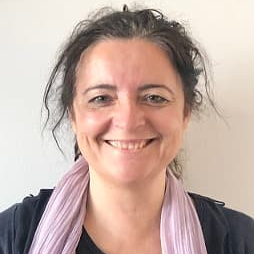The Design, Fabrication and Sensor Applications of Nano-Electrodes
A special issue of Sensors (ISSN 1424-8220). This special issue belongs to the section "Nanosensors".
Deadline for manuscript submissions: closed (30 July 2023) | Viewed by 11182
Special Issue Editor
Special Issue Information
Dear Colleagues,
The use of nano-structured materials and their assemblies as electrode materials is causing remarkable advances in the fields of sensors, opto-electronics, electrochemistry, and energy, to name a few. The goal of this Special Issue is to collect innovative contributions in the form of original research papers and reviews on the state-of-the-art advances in the design, fabrication, processing, modification, functionalization, engineering and patterning of nano-electrodes and their applications in all kinds of sensor and biosensor devices and sensor elements in opto-electronics.
We look forward to receiving your contributions to this Special Issue.
Prof. Dr. Rosa Garriga
Guest Editor
Manuscript Submission Information
Manuscripts should be submitted online at www.mdpi.com by registering and logging in to this website. Once you are registered, click here to go to the submission form. Manuscripts can be submitted until the deadline. All submissions that pass pre-check are peer-reviewed. Accepted papers will be published continuously in the journal (as soon as accepted) and will be listed together on the special issue website. Research articles, review articles as well as short communications are invited. For planned papers, a title and short abstract (about 100 words) can be sent to the Editorial Office for announcement on this website.
Submitted manuscripts should not have been published previously, nor be under consideration for publication elsewhere (except conference proceedings papers). All manuscripts are thoroughly refereed through a single-blind peer-review process. A guide for authors and other relevant information for submission of manuscripts is available on the Instructions for Authors page. Sensors is an international peer-reviewed open access semimonthly journal published by MDPI.
Please visit the Instructions for Authors page before submitting a manuscript. The Article Processing Charge (APC) for publication in this open access journal is 2600 CHF (Swiss Francs). Submitted papers should be well formatted and use good English. Authors may use MDPI's English editing service prior to publication or during author revisions.
Keywords
- electrodes
- sensors
- thin films
- fiber electrodes
- biosensors
- electrochemical sensors
- opto-electronics
- nanomaterials






